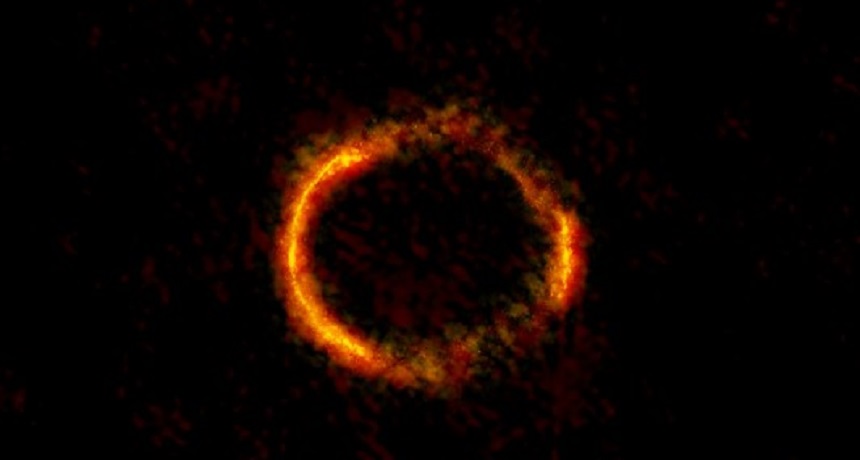Scientists Say: Gravitational lens
Huge galaxies can bend light and change how we see the stars behind them

This distant galaxy — distorted into a ring shape — is visible to people on Earth because it sits behind a gravitational lens.
ALMA (NRAO/ESO/NAOJ); B. Saxton NRAO/AUI/NSF







